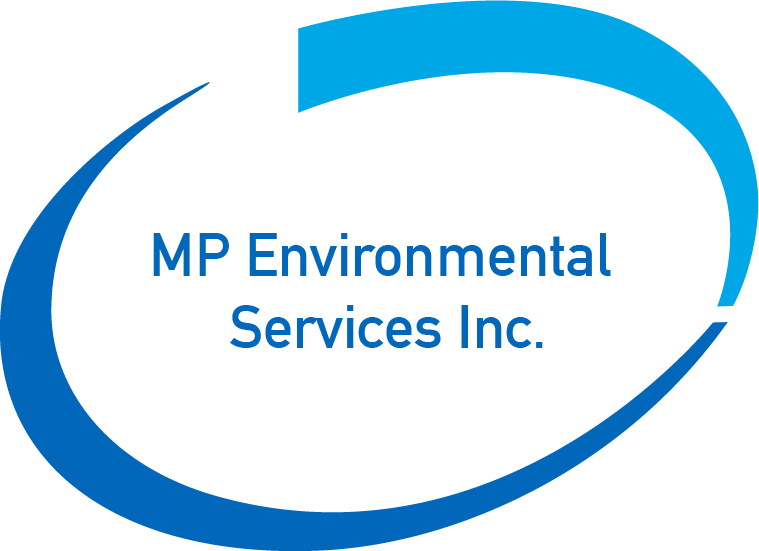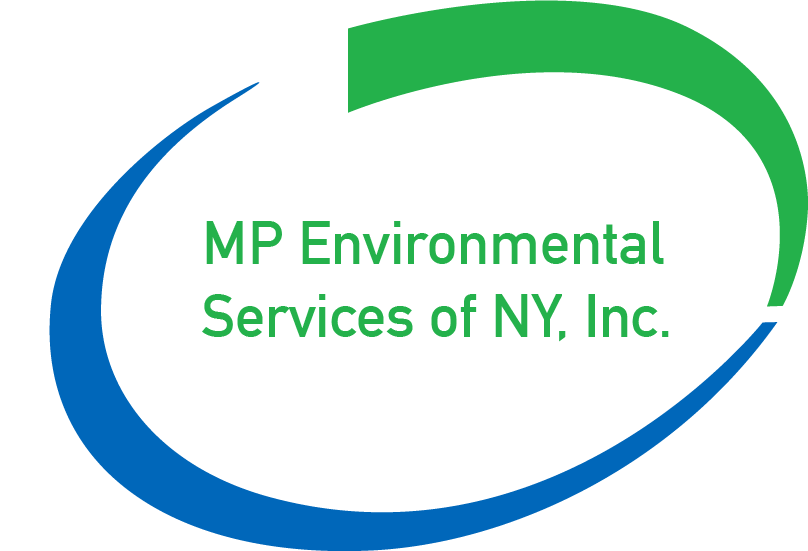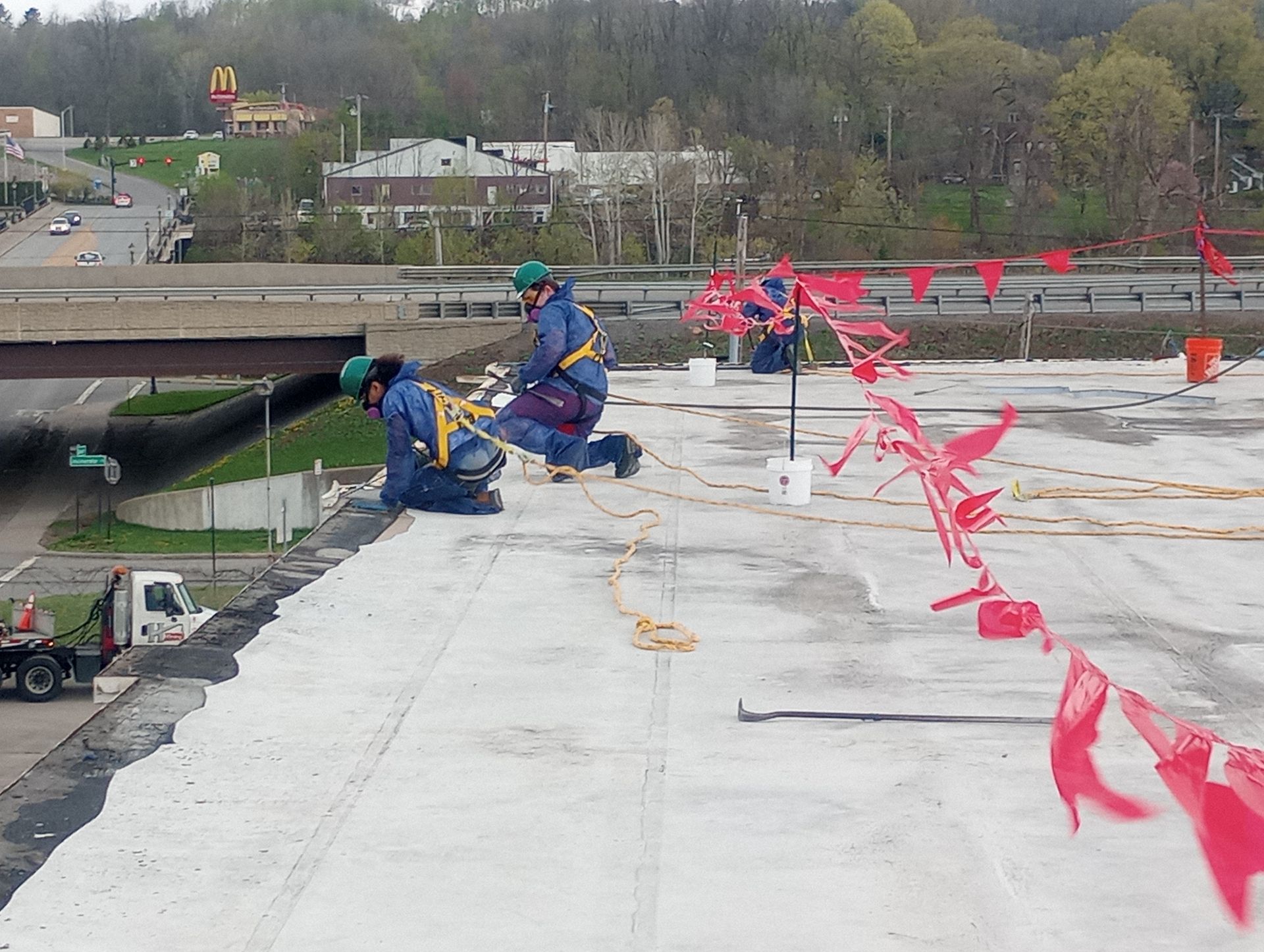Caulk, Paint, and Light Ballasts: Where PCBs Hide and How to Handle Them

Polychlorinated biphenyls (PCBs) were once valued for their durability, chemical stability, and insulating properties. For decades, they were used in a wide range of commercial and industrial materials, particularly in buildings constructed or renovated between the 1950s and late 1970s. Although PCBs were banned in the United States in 1979, they are still present in many aging structures and can post risks if disturbed during the renovation, demolition or routine maintenance of a building.
At MP Environmental Services, we support clients in identifying and managing PCB-containing materials safely, efficiently, and in full regulatory compliance. This post highlights the most common places PCBs may be found in older buildings and offers guidance on how to handle them responsibly.
Where PCBs Are Commonly Found
While PCBs are often associated with electrical equipment, they were also widely used in building materials that are still present in many older properties today.
Some of the most common sources include:
Caulks and Sealants
Between 1950 and 1979, PCBs were frequently added to caulking and joint sealants used in schools, commercial buildings, and industrial facilities. These materials may still be found around windows, expansion joints, brickwork, and masonry.
Paints and Coatings
Certain paints and industrial coatings from the mid-20th century used PCBs to enhance durability and water resistance. These coatings were commonly applied to structural steel, walls, and equipment surfaces, particularly in commercial or manufacturing settings.
Fluorescent Light Ballasts
Older fluorescent lighting systems often contained PCBs in their ballasts. These ballasts, especially those manufactured before 1979, can leak or deteriorate over time, creating the potential for PCB exposure inside ceilings or wall cavities.
Other Materials
PCBs have also been found in some adhesives, roofing materials, insulation, and even in certain vinyl flooring products. These materials may not be immediately obvious sources, which is why professional assessment is essential before renovation work begins.
Why It Matters
PCBs are classified as probable human carcinogens and are regulated by the Environmental Protection Agency (EPA). When materials containing PCBs are disturbed or begin to deteriorate, they can release harmful particles into the air, soil, or nearby surfaces. While intact materials do not necessarily pose an immediate threat, once remediation is required, handling them improperly can result in health risks, environmental contamination, and regulatory penalties.
For property owners, developers, and contractors, awareness and planning are the keys to managing PCB risks responsibly. The earlier PCBs are identified in a project, the more smoothly remediation can be integrated into the timeline.
What Safe and Compliant Handling Looks Like
Site Assessment and Testing
The first step in addressing PCB concerns is a thorough site assessment. At MP Environmental, we offer detailed inspections to identify where PCBs may be present, followed by laboratory testing to confirm their presence and concentration levels.
Risk Evaluation and Planning
Once PCBs are confirmed, we work with clients to evaluate the scope of remediation required. This includes identifying priority areas, assessing access and usage conditions, and determining the best course of action based on EPA guidelines.
Remediation and Removal
Our team handles the safe removal or encapsulation of PCB-containing materials using methods that minimize disturbance and exposure. We follow strict containment, disposal, and air monitoring protocols to ensure that every remediation project meets state and federal requirements.
Documentation and Compliance
Throughout the process, we provide clear documentation, waste tracking, and post-remediation verification. This ensures our clients have everything they need for permitting, regulatory review, or future audits.
Supporting Safer Buildings and Smarter Renovations
PCBs may no longer be manufactured, but they remain part of the environmental landscape for many older properties. Whether you're planning a renovation, managing a facility, or preparing a site for redevelopment, addressing potential PCB-containing materials early can help protect occupants, streamline your project, and ensure full compliance.
MP Environmental is here to support your team with the knowledge, tools, and certifications needed to handle PCBs safely and confidently.
Have questions about your property? Contact us to schedule a consultation or learn more about our PCB remediation services.





